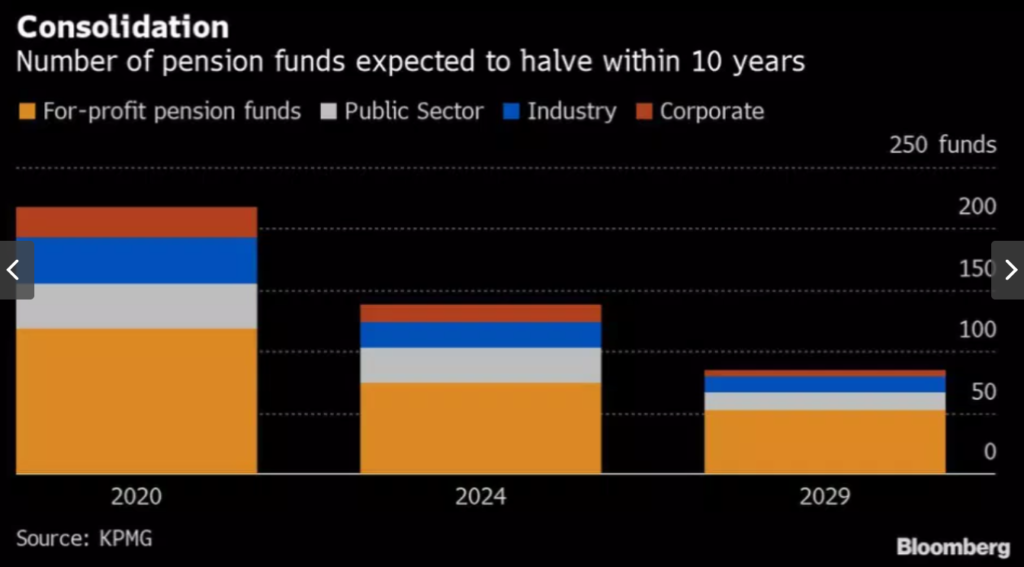Excerpt:
An active year for mergers and acquisitions in 2021 and large block reinsurance transactions led to a 41% increase in admitted assets owned by private equity firms in 2021, according to a new AM Best special report.
In its Best’s Special Report, “Private Equity Continues to Make Inroads in Insurance Industry,” AM Best states that as life/annuity insurers’ earnings have been pressured, with capital that has been strained due to reserve adjustments, insurers’ willingness to divest businesses has been bolstered; private equity firms have been eager to step in. With the year-over-year increase in admitted assets to $849.6 billion, private equity insurers now have a 10% share of the U.S. life/annuity’s total assets, more than double the share from five years ago.
“More-experienced private equity firms have gotten comfortable managing insurance assets while adhering to constraints imposed on their portfolios, such as regulatory compliance and rating agency capital charges on asset and liability risks, ALM matching requirements and liquidity concerns,” said Jason Hopper, associate director, industry research and analytics. “As these firms take advantage of the more-permanent capital and premium flows afforded them through ownership of an insurer, there is less of a need to look for a quick exit from their investment.”
The report notes that private equity firms have entered the insurance market in one of two ways: by controlling an insurer through an equity investment and buying or reinsuring blocks of business from other insurers, while influencing the insurer’s investment management strategies to earn higher yields; or by working with insurers as a partnership or outsourced chief-investment officer, whereby the private equity firm manages a portion of the insurer’s assets for a fee.
Even with their more diversified bond portfolios, less than a third of private equity insurers have exposures to below-investment-grade bonds greater than the industry average of 5.9%, according to the report. The investing strategies of private equity insurers have helped them consistently generate a higher net yield since 2017, and most continued to outperform the individual annuity writers’ composite in 2021. The competitive pricing private equity insurers can offer puts more pressure on traditional insurers that lack the same scale with more-conservative crediting rates.
Author(s): AM Best
Publication Date: 27 Sept 2022
Publication Site: Business Wire
